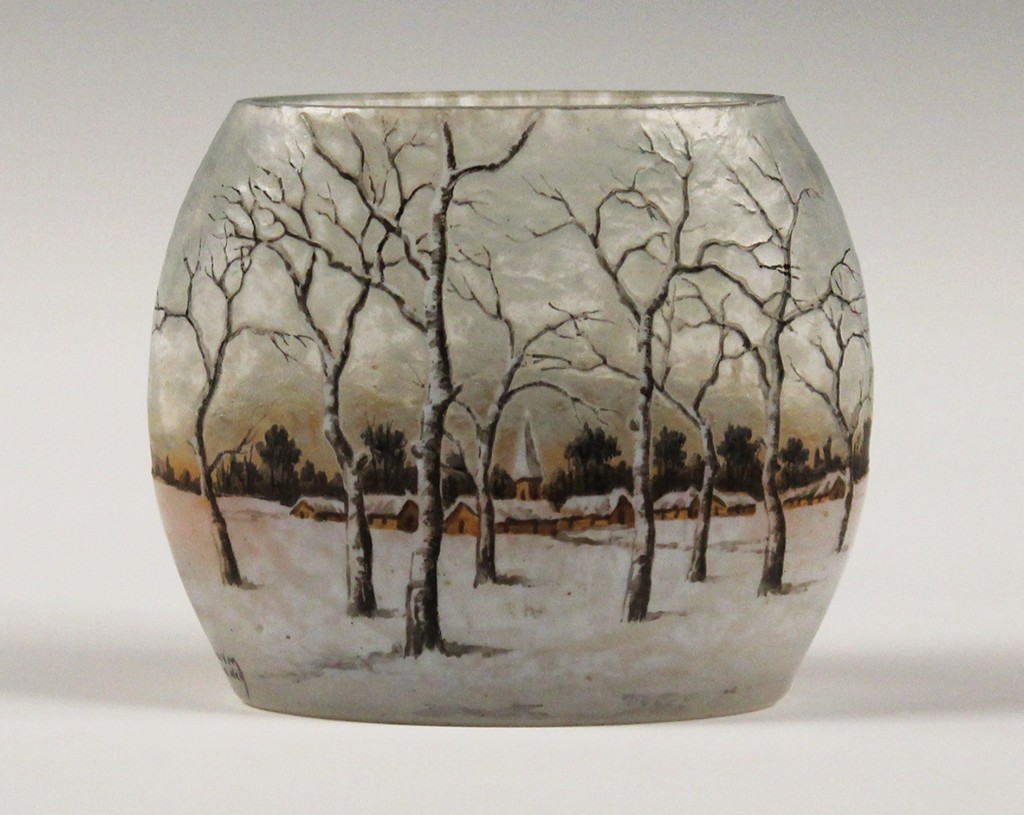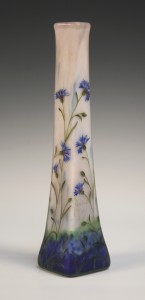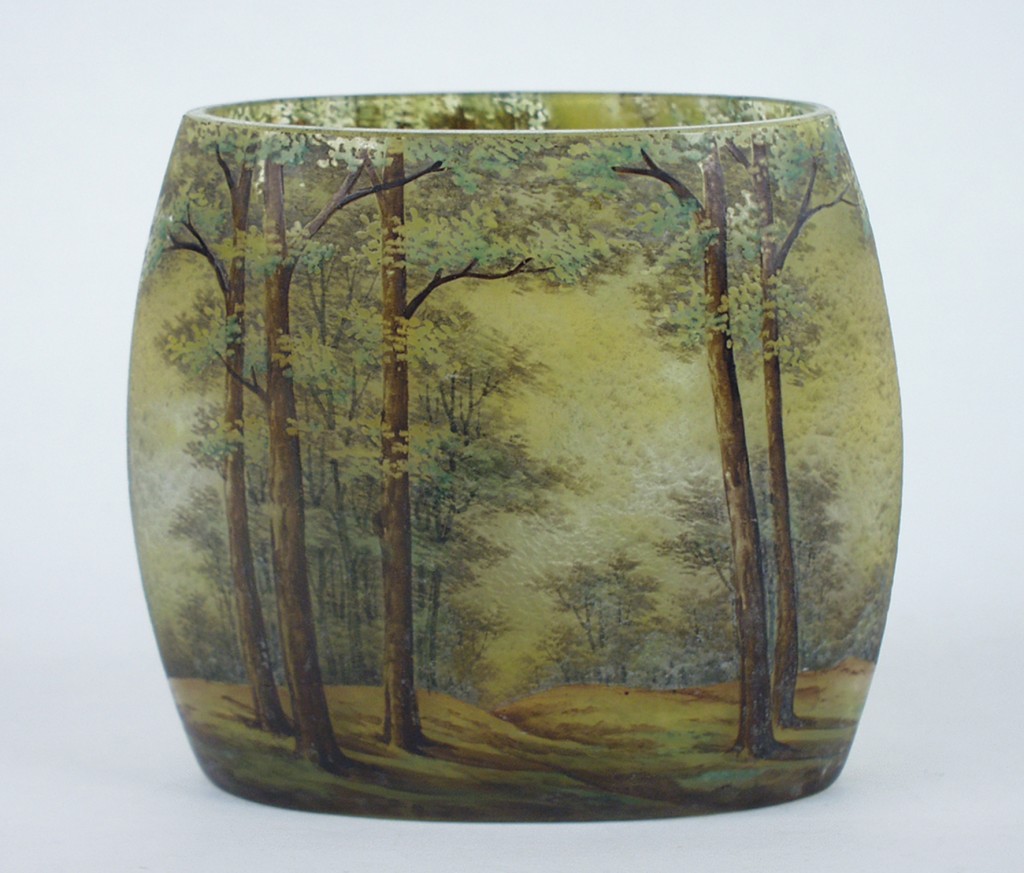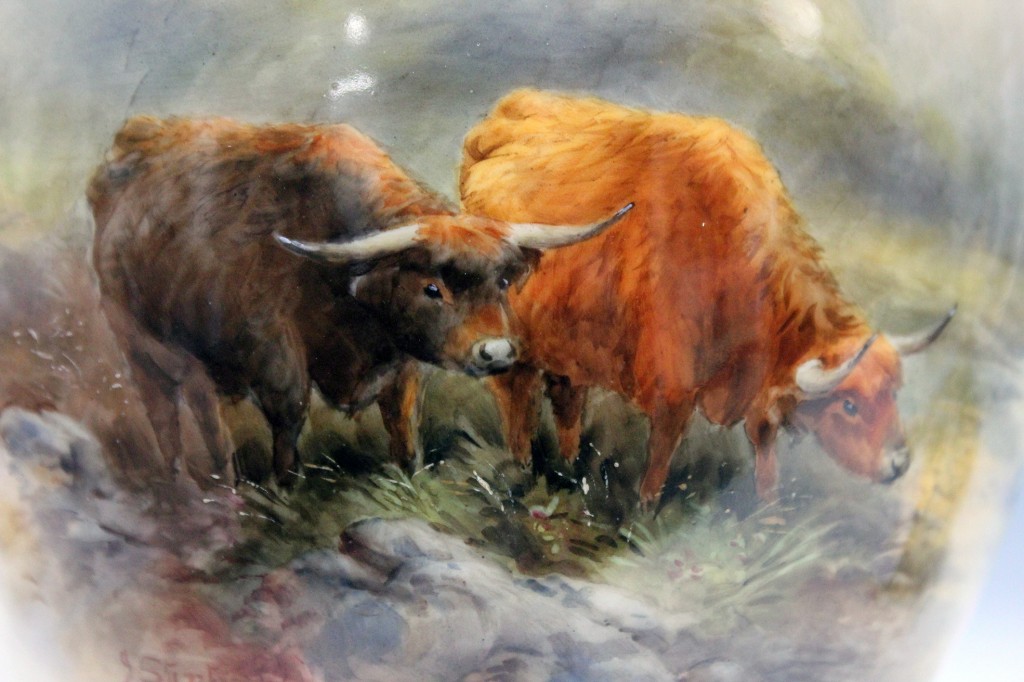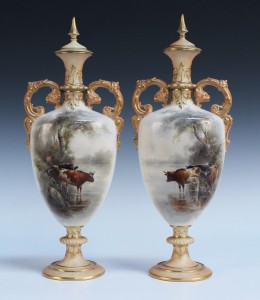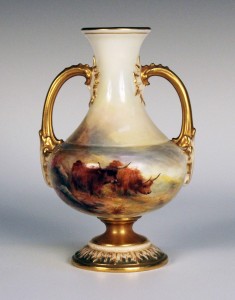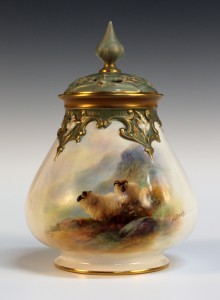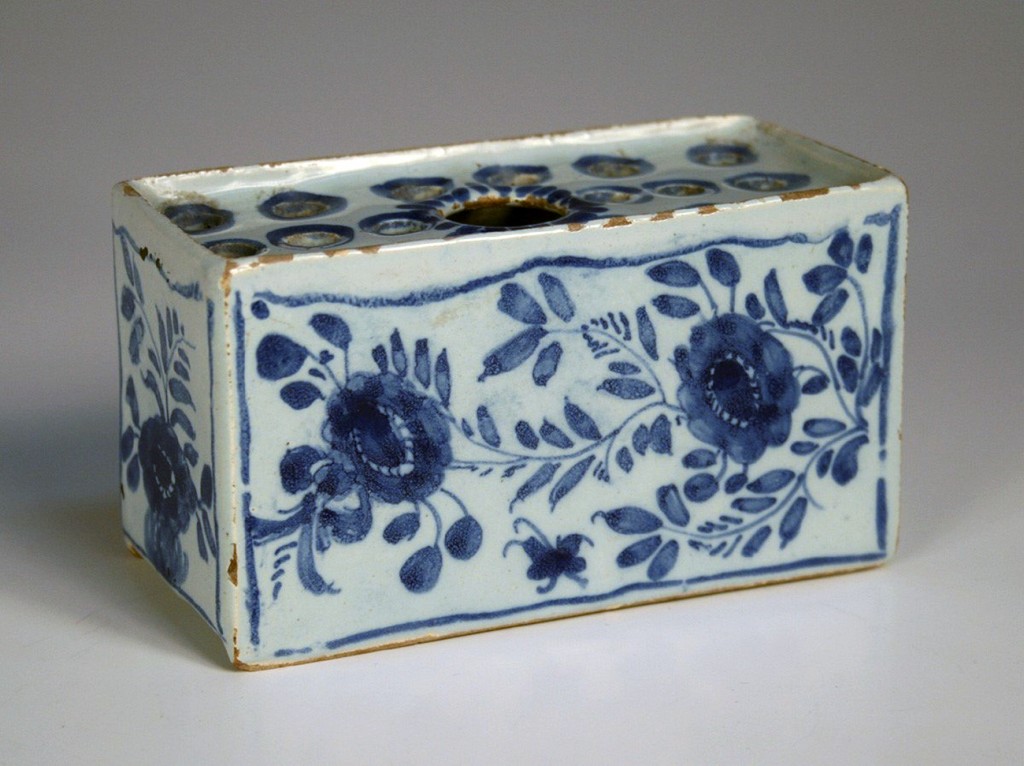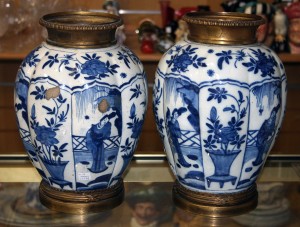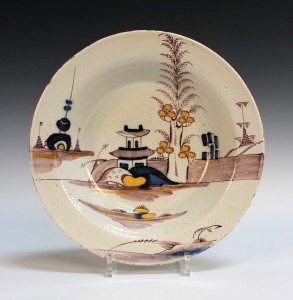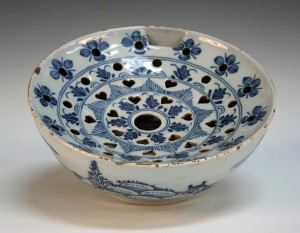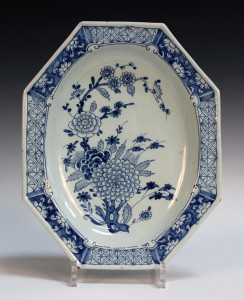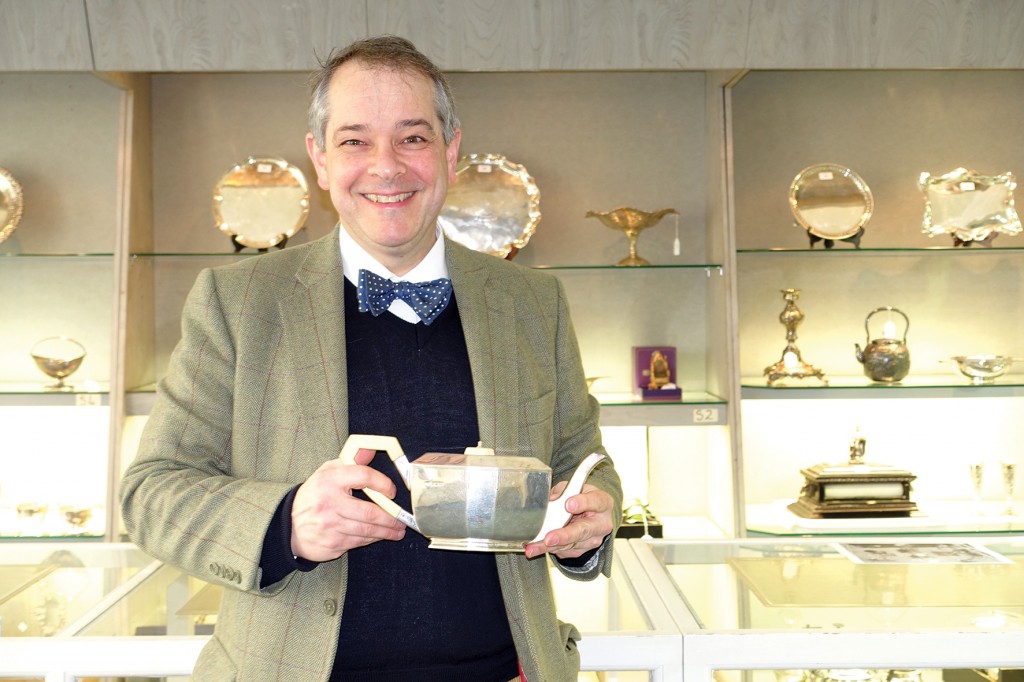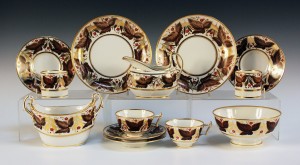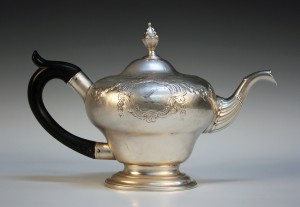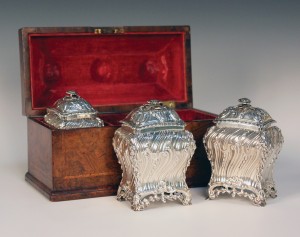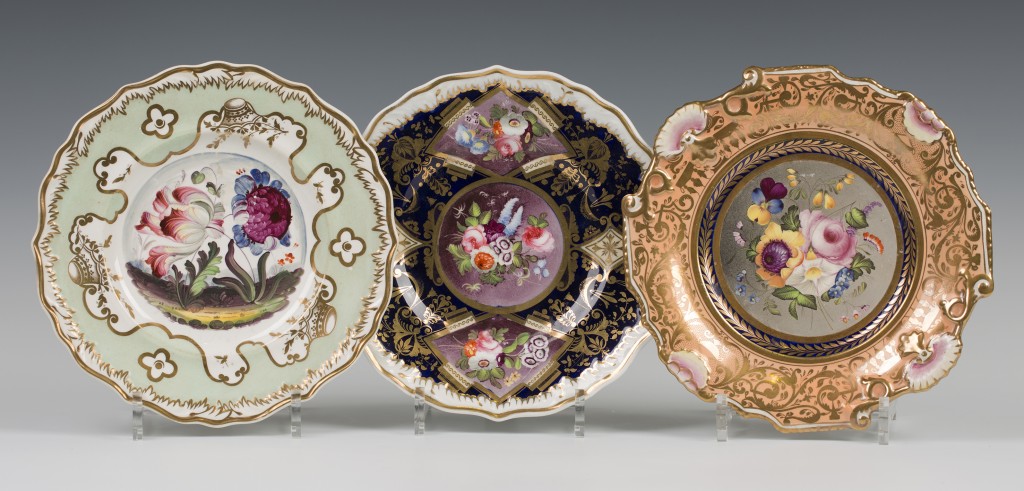
The celebrated Sussex ceramics historian, Geoffrey Godden, has for more than fifty years made an outstanding contribution to our understanding of this specialist field. I am excited that he has chosen to enter a number of pieces from his reference collection into Toovey’s specialist sale of English and European Ceramics, on the afternoon of Thursday 28th January 2016.
Geoffrey Godden started in his father’s antiques business in Worthing and although he has an international reputation amongst ceramics collectors and historians he has continued to base himself here in Sussex.
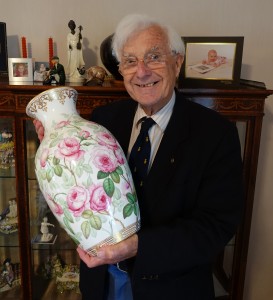
Geoffrey Godden has published some thirty reference books. I ask him about this remarkable output. His face breaks into a smile as he says “My father always said if you want to know about something write a book about it. He was right. I always wrote about subjects I wanted to know about.”
Geoffrey Godden was first encouraged to write by Hugh Wakefield of the V&A Museum in the early 1960s. Geoffrey’s ‘Encyclopaedia of British Pottery and Porcelain Marks’ was first published in 1964 and remains in print today. It is still the most comprehensive volume of its type and something of an industry bible. Geoffrey enthuses “An Encyclopaedia has to be all embracing.”
I ask Geoffrey what he first collected and he responds “Lowestoft was my first love. It was available and inexpensive. There is a homely quality to English blue and white. The anglicized interpretations of Chinese decoration are not over sophisticated; they are un-laboured, really, and painted by women and children. There is great appeal to individual handmade things made for use by individuals. It offers an affordable charm and blue and white is the right colour for porcelain!” Geoffrey explains how he corrected an earlier generation’s assumption (based upon a mistake by the ceramics historian, William Chaffers) that many of these English pieces were Chinese Export blue and white porcelain. There are a number of Lowestoft pieces in Toovey’s auction entered by another ceramics collector.
Many summer holidays were spent by Geoffrey researching in Stoke on Trent. Pattern books from the 1820s and 1830s revealed that things that had been previously attributed to the Coalport factory in a generic way were in fact made by Minton’s.
With appearances on the BBC Antiques Roadshow and Going for a Song with Arthur Negus Geoffrey has always had an ability to communicate his passion and understanding of his subject to others. With understated pride he comments “I was an early specialist”. He has delighted in educating the public and remarks “For many years I held lectures and seminars where those attending could handle the reference collection which was displayed on open shelves. It was marvellous to see their appreciation of being able to do this and of the objects.” It is a selection of these reference pieces which are to be sold at Toovey’s.
Keele University has honoured Geoffrey Godden with a Doctorate in ‘recognition of his outstanding contributions to the understanding and appreciation of ceramic art.’ His contribution has in no small measure created a cache for ceramics collecting, something which he describes “as an allowable fault.”
This extraordinary man remains excited about his subject and forward looking. He says “I still like to ask questions. Age in itself is not a virtue. A fine piece of modern pottery can be as fine as a piece of Chelsea. It’s quality that matters, not necessarily age.”
As our conversation draws to a close I ask him what has most delighted him about a career working with ceramics. He reflects that it is the friendships with fellow connoisseurs and a lifetime of questioning and learning which is at its heart. And what advice would he offer to ceramic collectors and historians. He pauses and concludes “You have to handle and view pieces closely – possession is almost vital to understanding.”
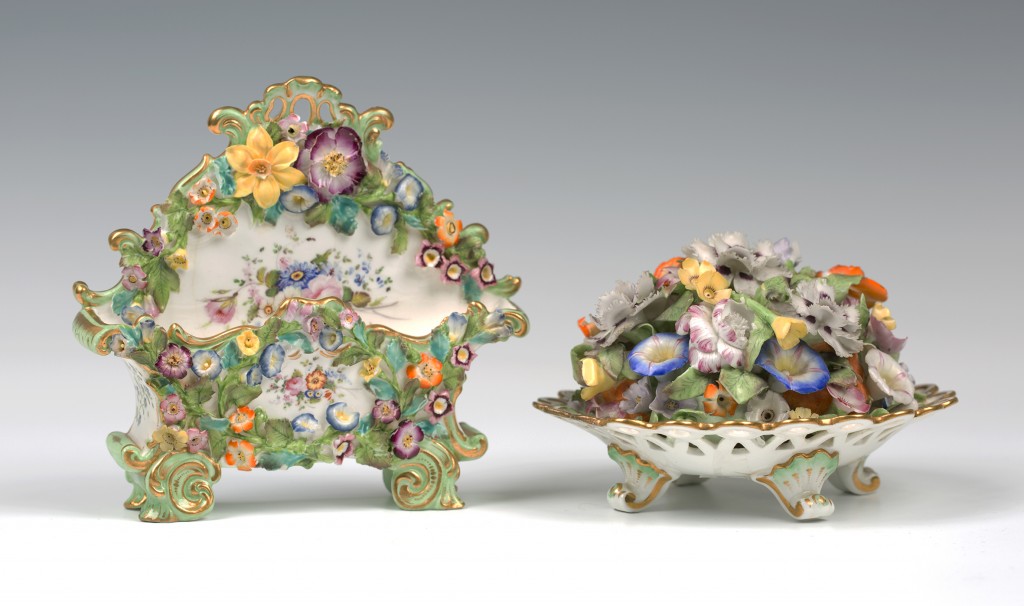
The opportunity to handle and own pieces from Geoffrey Godden’s reference collection comes at Toovey’s specialist auction of English and European Ceramics, on the afternoon of Thursday 28th January 2016. For more information and to preview these lots go to www.tooveys.com or telephone Toovey’s specialist, Tom Rowsell, on 01903 891955.
By Revd. Rupert Toovey. Originally published on 20th January 2016 in the West Sussex Gazette.
